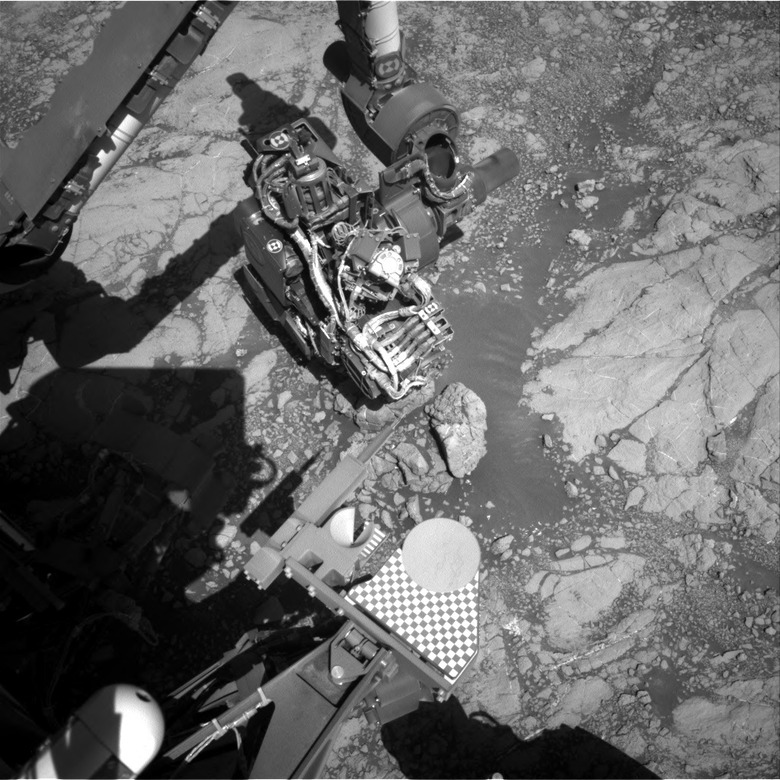An Unexpected Glitch Left NASA's Curiosity Rover Frozen On Mars
A software glitch left NASA's Curiosity rover frozen in place, forcing scientists to come up with a fix so that the robot could resume its exploration of Mars. The multi-billion dollar rover has been operating on Mars since mid-2012, unleashing a battery of tests and tools onto the red planet from atop its six-wheeled platform.
Keeping those tools in check is no small matter, and it's the cause of the issue that NASA encountered this past week. Curiosity is designed to maintain an awareness of where each of its arms and implements are: that way, as it moves around Mars, it won't inadvertently damage them.
That's all well and good, until the rover accidentally forgets that knowledge. It's the problem Curiosity encountered on January 20, NASA confirmed, triggering a safety mode whereby the rover completely ceases any movement. That surfeit of caution is great to avoid damage, but it does rather prevent further scientific work.
According to Dawn Sumner, a Planetary Geologist at University of California Davis and one of the people working on the Curiosity project, that "body awareness" – also known as attitude – is checked before any motor on the rover is activated. That way, it stands a better chance of spotting a potential issue before it happens.

"When the answer is no – or even maybe not – Curiosity stops without turning the motor," Sumner writes. "This conservative approach helps keep Curiosity from hitting its arm on rocks, driving over something dangerous, or pointing an unprotected camera at the sun."
It was that safety evaluation which was interrupted, with "some knowledge" of Curiosity's attitude escaping it, Sumner explains. The rover did continue sending back information to Earth, and that allowed scientists on the ground to come up with a recovery plan. "The engineers on the team built a plan to inform Curiosity of its attitude and to confirm what happened," Sumner says. "We want Curiosity to recover its ability to make its safety checks, and we also want to know if there is anything we can do to prevent a similar problem in the future."
Happily, the fix worked out. Atmospheric scientist Scott Guzewich, at NASA's Goddard Space Flight Center, confirmed the update went as planned, with the rover getting enough knowledge about its own positioning to resume activities. In future, the hope is that the rover will be able to more automatically recover and get underway again, rather than requiring this sort of remote intervention.
